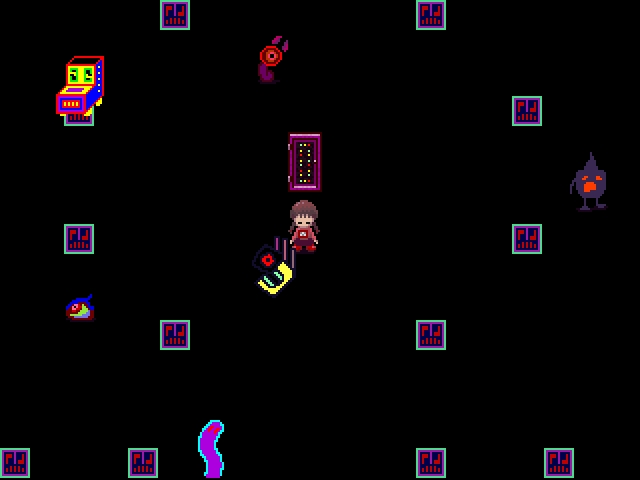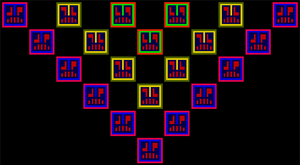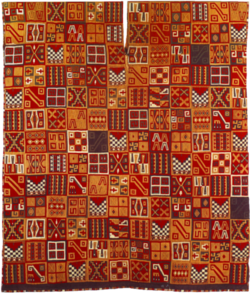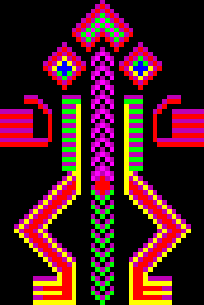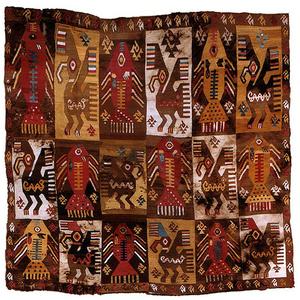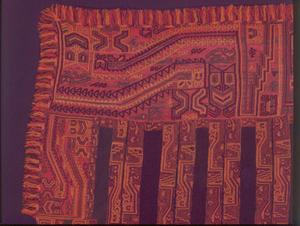>Mt.kiki No edit summary |
>Mt.kiki No edit summary |
||
| Line 124: | Line 124: | ||
==[[List_of_Characters#Neon_Creatures|Neon Creatures]]([http://en.wikipedia.org/wiki/Andean_textiles Andean textiles])== | ==[[List_of_Characters#Neon_Creatures|Neon Creatures]]([http://en.wikipedia.org/wiki/Andean_textiles Andean textiles])== | ||
[[File:Paracas Mantle.jpg|thumb|left|300px|Chimu Mantle]] | [[File:Paracas Mantle.jpg|thumb|left|300px|Chimu Mantle]] | ||
| Line 150: | Line 153: | ||
[[File:uboachan_theories_1365.png|thumb|left|300px|Uboachan Theories 1365]] | [[File:uboachan_theories_1365.png|thumb|left|300px|Uboachan Theories 1365]] | ||
Revision as of 10:01, 12 July 2013
Neon World(Hopi mythology)
Most Hopi accounts of creation center around Tawa, the Sun Spirit. Tawa is the Creator, and it was he who formed the First World out of Tokpella, or Endless Space, as well as its original inhabitants.[6]
Red,Purple,Yellow,Green color(Tawa-Kachina color)
Neon Creatures(Andean textiles)
Andean textiles represent a continuing textile tradition spanning at least ten thousand years. Fiberwork has been found in Guitarrero Cave, Peru dates back to 8000 BCE.[1]
"Tupa Inca tunic", c. 1550, Dumbarton Oaks
Neon Creatures(Andean textiles)
Chimu slit tapestry, 1000–1476 CE, pelicans and tuna fish design in camelid fiber
Neon Creatures(Andean textiles)
Paracas mantle 200 CE Larco Museum, Lima-Perú
Anonymous
02/23/13 (Sat) 22:48:33No.[[|1365]]
File: 1361688513148.png (487.56 KB, 640x480, Untitled-1.png)
http://uboachan.net/t/res/973.html#1365

